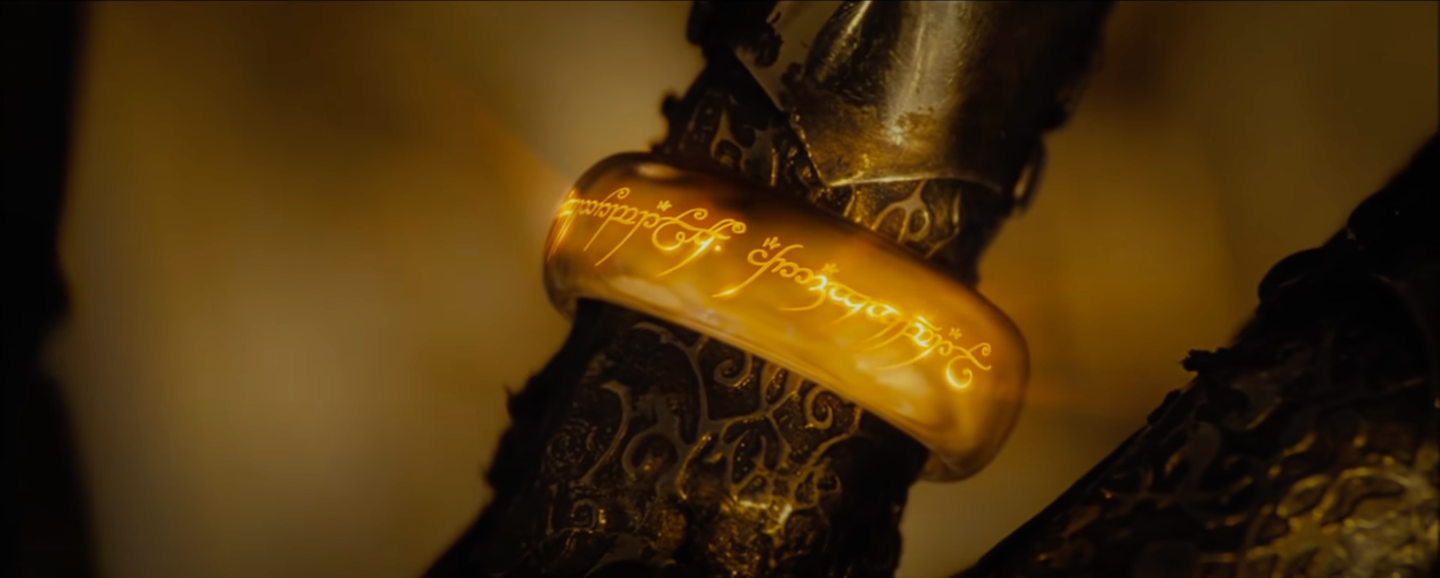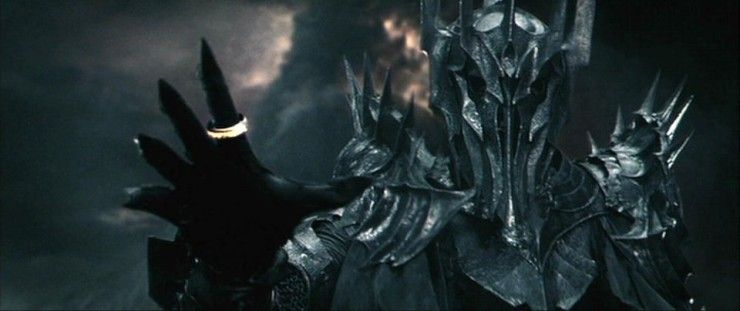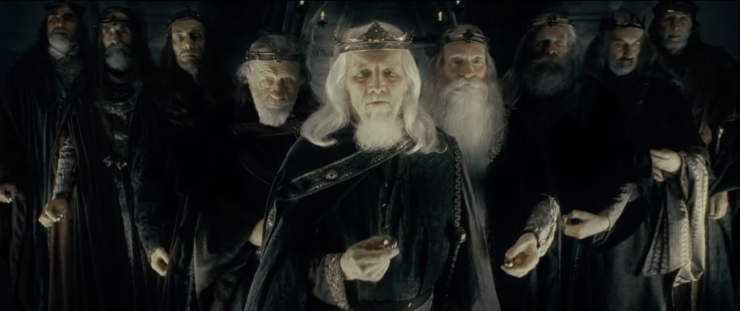
Writing is hard. Writing and creating the perfect prologue requires studying the best prologue there ever was.
The Lord of the Rings: The Fellowship of the Ring opens with a prologue that changed how we think about exposition dumps.
Typically, explaining things to your audience is hard to do in such a short amount of time, but the screenwriters for Peter Jackson’s Fellowship of the Ring found clever ways to explain the history of Middle-earth and the rings of power without boring us to tears.
Normally, a prologue is an introductory scene that introduces the audience to the tone, pace, themes, and characters of the story. Unfortunately, many prologues can’t deliver the information needed to be told in a way that is exciting or interesting. Pentex Productions points out how The Lord of the Rings: Fellowship of the Ring stands over the rest, using language inspired by J. R. R. Tolkien’s novel of the same name to perfect its storytelling and worldbuilding.
Check out Pentex Productions' full breakdown of the prologue below:
Writing Exposition
Screenwriters Fran Walsh, Philipa Boyens, and Peter Jackson knew that adapting the novel would be tricky. They couldn’t directly copy lines from J. R. R. Tolkien’s The Lord of the Rings because literature has a very different language from film.
Tolkien is known for his long-winded, highly detailed descriptions of people, places, and events. Within literature, excessive descriptions and exposition are acceptable even if it doesn’t directly serve the story. When adapting a novel to film, the writers have to be very conscious about what information is being told to the audience in a limited amount of time.
Instead, The Fellowship of the Ring’s screenwriters adapted the feeling and tone of Tolkien’s language and rich style.
Using words like “fairest of all beings,” “craftsmen of the mountain halls,” and “malice” echo the famous poem at the start of the novels, extending a hand of praise while celebrating the world Tolkien created without mimicking him.
Introducing the Antagonist
The prologue is commonly used to introduce the audience to the story’s antagonist. The introduction establishes the power and force behind the malignant creature that threatens the protagonist, and should instill fear in the audience, so why put this important task into a throwaway line?
In the case of The Fellowship of the Ring, the prologue introduces Sauron and the One Ring through language that emphasizes the suspense and mystery around his evil. Words like “deceived,” “the fires of Mount Doom,” and “secret” are used before seeing Sauron, building tension around his malevolent character.
The One Ring is also characterized in the prologue as having all of Sauron’s “cruelty, his malice, and his will to dominate all life. One Ring to rule them all.” There is no doubt that Sauron and the One Ring are a force to be reckoned with.
Even after the death of Sauron, the prologue establishes that the One Ring is an evil that lives on to continue the cruelty of Sauron. When the One Ring finds Gollum, the script tells the audience that Gollum’s soul was corrupted by the Ring.
A small, yet important note that the prologue focused on was the passage of time. The narration begins with, “The world is changed" over thousands of years. The prologue ends with the location of the One Ring, bringing the audience and the story into modern Middle-earth times.

Using Language to Build the World
Fellowship of the Ring is quick to establish the fantasy world of The Lord of the Rings franchise. The first spoken word of the prologue isn’t in English. Instead, the screenwriters decided to start with Quenya, a language of the Elves in Middle-earth.
The funny thing about language is how it draws on your emotions. When the audience hears Quenya for the first time, they are drawn in by the beauty of the unfamiliar words, piquing their curiosity about who is speaking and what they are saying.
The mystery of hearing another constructed language before hearing English establishes the mythical, fable-like quality of the fantasy world.

Visual Storytelling
Many filmmakers forget that they are working with a visual medium, and can use a single frame to tell a larger story. The Fellowship of the Ring uses visuals to show key elements of the story that would have been lost or forgotten if told through the prologue or by a character later on in the story.
As the prologue begins, the audience can see the geography of Middle-earth through a map shown on a screen. The prologue also shows the audience Galadriel (Cate Blanchett), the races of Elves, Dwarves, and Men, Elrond (Hugo Weaving), the breaking of Narsil, the One Ring’s ability to move, and Gollum’s deformity while telling the audience the information they need to know.
Every single shot is dripping with detail. The audience believes in the story that they are being told because they can see the depth of the world in the film. The filmmakers and audience are not limited to what is in the script. Instead, the world is opened by the stunning visuals in each frame.

Editing a Prologue to Perfection
Walsh, Boyens, and Jackson all admit that editing was the hardest part of creating the prologue. Knowing what to show the audience to keep them engaged is equally as important as word choice.
Being deliberate about what information the audience is allowed to know at the point in the film is essential in not making an exposition dump boring or too extensive. It’s important to remember that the prologue is the groundwork for the rest of the story. There are multiple times throughout the film that characters reference the prologue’s story, expanding on ideas or themes that didn’t need to be fleshed out until later.
Knowing what to tell the audience and when is a clever trick to keep in mind when writing and editing. The audience will remember a broad idea more than a detailed moment that is within a larger, more detailed story.
Ask yourself, “Does the audience need to know this right now?”

There are so many great writing and filmmaking tips and tricks to learn from the entire Lord of the Rings series, but the prologue stands out as one of the best in modern cinema. It teaches us how to use the power of words and images to emphasize the feeling and tone of a world unknown to the audience.
Just like filmmaking, writing is a skill that will improve the more you practice. Remember this: it is okay to not tell the audience everything. Instead, be direct and clear in your goal while writing and editing a prologue. Tell the audience what is relevant now before diving deeper into the heart of the story.
Let us know in the comments if there is anything else that you took away from The Lord of the Rings: The Fellowship of the Ring’s prologue!
Your Comment